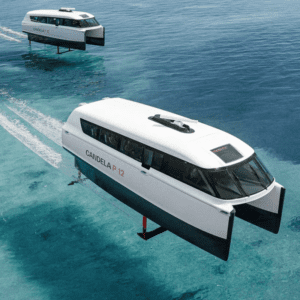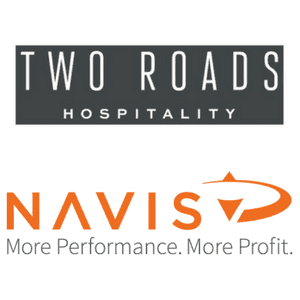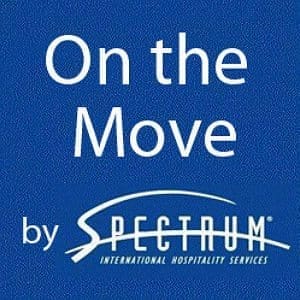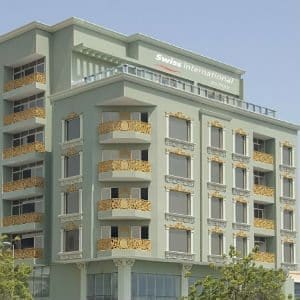 It’s no secret that price is one of the biggest factors guests consider when shopping for a room. Trying to set those prices to remain attractive and still profitable can be a challenge.
It’s no secret that price is one of the biggest factors guests consider when shopping for a room. Trying to set those prices to remain attractive and still profitable can be a challenge.
Price rooms too low and you’re missing out on revenue, price rooms too high and your potential guests might walk to a competitor. It’s difficult to find the right approach to maximizing ADR while keeping operational costs down. Thankfully, Psychology and Behavioral Economics Professor Dan Ariely, of Duke University, has come up with some strategies that can help to find your pricing sweet spot.
Price anchoring
It’s not uncommon to raise prices as your hotel comes closer to being sold out. On a busy weekend night, those last few rooms are going to be worth more and anyone who has worked the front desk at those times has had people scoff at the rates and decide not to book. This will always be a challenge, but one way to help sell in these situations is by Price Anchoring. Price Anchoring plays on people’s tendencies to rely heavily on the first price offered when making a decision. When a potential guest asks for your rates, start with the higher rooms first.
Example:
“Our Deluxe rooms are $300 for the night, but our Standard room is only $200.” This selling technique can help build value in the Standard room’s price by highlighting the cheaper price.
Using “Useless Price Points”
Don’t let the name fool you, Useless Price Points (UPP) can be incredibly useful selling tools. They don’t offer any value to your guests by design, but they help to build value for your other price points. These UPPs establish the contrast between your normal price points and build value in others. Professor Ariely explains the concept using subscriptions to The Economist. The below example is one way this can be applied to hoteliers directly.
Example:
Hotels can have trouble selling their family-sized suites. Guests with a larger parties often choose to stay in smaller, less comfortable rooms to save money, leaving the larger rooms unsold.
A. Standard Room $129
B. Family Suite $219
C. Family Suite 3 Night Pkg $499
Option A becomes the Price Anchor for guests and sets the expectation on value for the following price points. Option B offers nothing of real value for price conscious shoppers. Option C, offers a greater value than Options A and B and will have a greater chance of being booked, leaving the easier-to-sell Standard Rooms available.
Naturally, pricing strategies like these will have many variables that will change from hotel to hotel and will need to be tweaked. What works for one property may not work for another, but understanding these concepts can help you create a unique price strategy for your property.
About the author
Joshua Meehan writes for E-Marketing Associates, a company that develops innovative online marketing products that deliver unequaled ROI for independent hotels and resorts.












